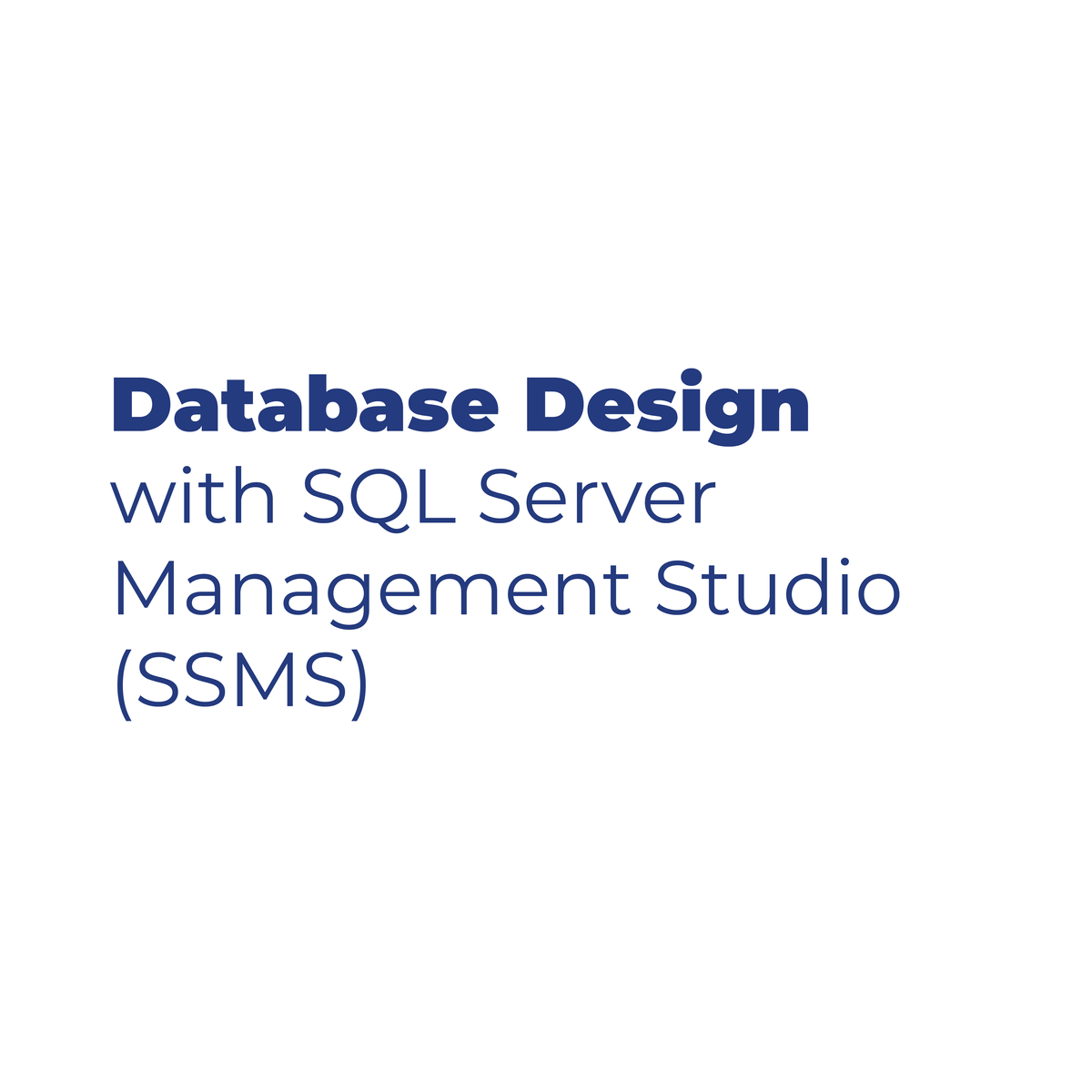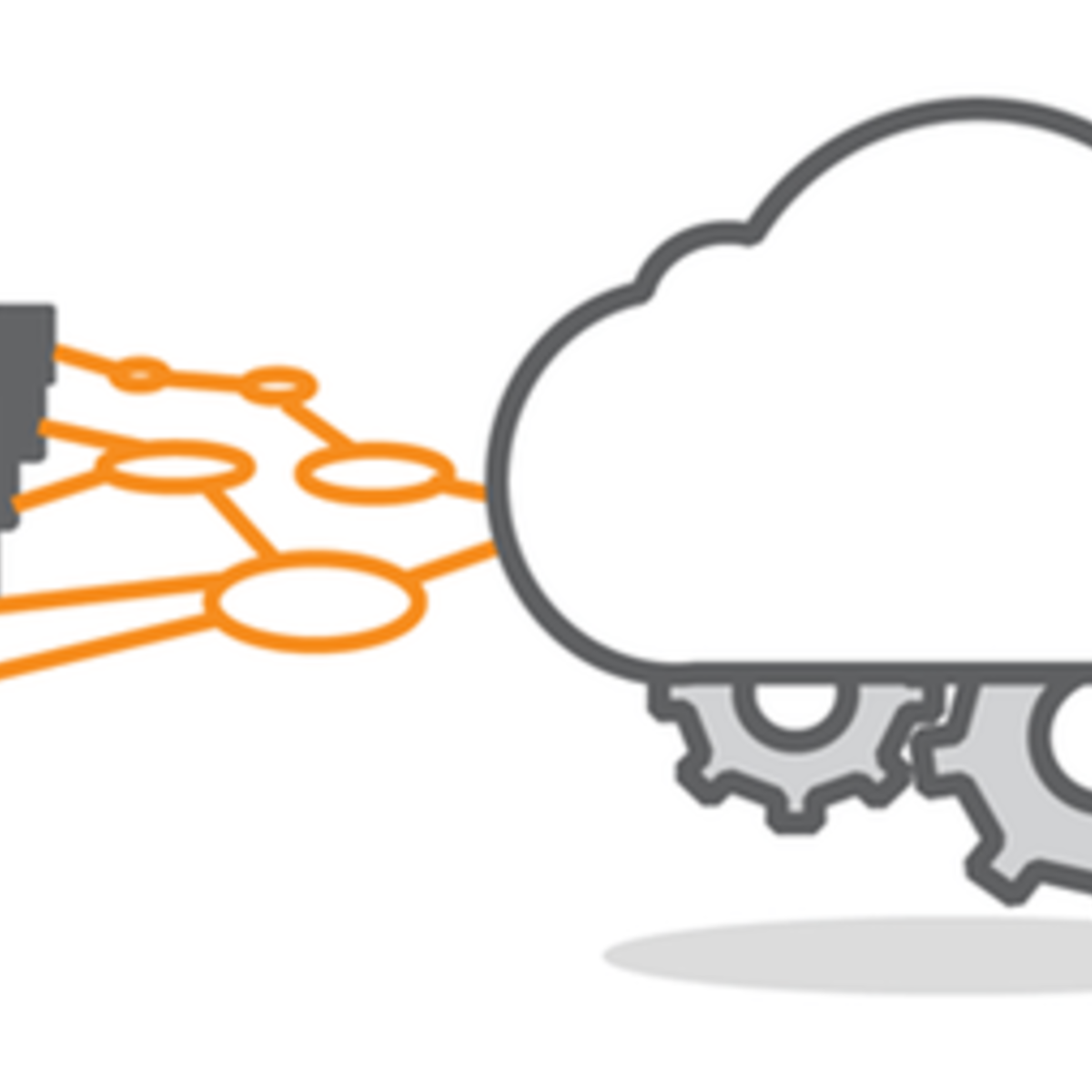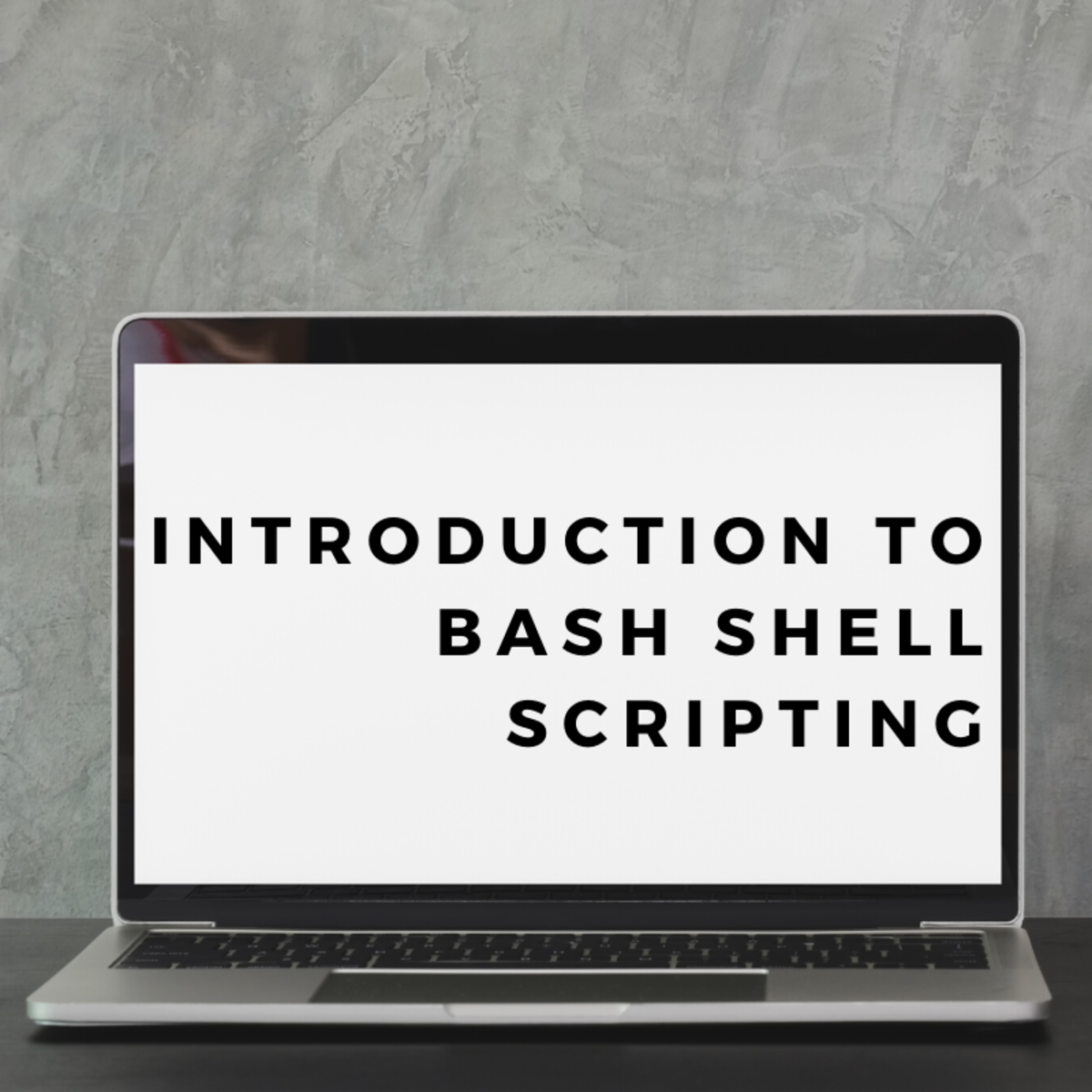Back to Courses









Software Development Courses - Page 12
Showing results 111-120 of 1266

Applying Data Structures to Manipulate Cleansed UN Data
In this 1-hour long project-based course, you will discover optimal situations to use fundamental data structures such as Arrays, Stacks, Queues, Hashtables, LinkedLists, and ArrayLists. By the end of this project you will create an application that processes an UN dataset, and manipulates this dataset using a variety of different data structures. In addition, you will explore how to implement each data structure using industry-standard Java practices, and gain experience manipulating real life data sets.
Data structures are an essential tool for any developer, and allow us to store and efficiently access data for even large datasets. Mastery of data structures allows your programs to be scalable and function without taking up too many system resources. We will use the Java Collections versions of each of these data structures, just as you would in real-life. Students can expect to walk away from the course confident in their ability to manipulate essential Java data structures, and have a working knowledge theory behind each data structure.
Note: This course works best for learners who are based in the North America region. We’re currently working on providing the same experience in other regions.

Build a Server Rendered Website with Next.js
By the end of this project, you will use Build a Server Rendered Website with Next.js from an existing website.
Traditionally, a web application requires a trip to the server to fetch a web page when a user clicks on a link. A Client side React Single Page Application sends the complete web application to a browser where the individual components are rendered into navigable web pages using the Next Router DOM package. Next.js renders the entire pages into HTML on the server side, which is better for Search Engine Discovery as well as browser performance.
Note: This course works best for learners who are based in the North America region. We’re currently working on providing the same experience in other regions.

Create Power-Ups and Obstacles with C# in Unity
In this project-based course we will create a science-fiction scene with damaging fire, a healing zone, and some player-enhancing pick-ups to help a player get around obstacles.
You'll learn how to write C# scripts that will manage the player's health points, how to use Colliders as Triggers to create obstacles and helpers for a player, about proximity-activated mechanics, and about creating an in-game pick-up/power-up.

Database Design with SQL Server Management Studio (SSMS)
In this 1-hour 40-minutes long project-based course, you will learn how to design a database system by identifying the entities and their attributes as well as the relations between these entities. Furthermore, you will get to implement the database system that you have designed using Microsoft SQL Server through SQL Server Management Studio. This project will have you explore key concepts of database design and will have you get introduced to the building blocks of the world of databases.
Note: This project works best for learners who are based in the North America region. We’re currently working on providing the same experience in other regions.

Building Cloud Services with the Java Spring Framework
This MOOC describes by example how to build cloud services via the use of object-oriented design techniques; Java programming language features; Java Servlets, the Java Spring Framework; and cloud computing platforms, such as Amazon Web Services. Due to the importance of building secure and scalable mobile/cloud platforms, this MOOC will not only show you how to build cloud services, but how to do so securely, scalably, and efficiently. Security and scalability topics will be woven into discussions of cloud service creation so that students learn, from the start, how to create robust cloud services.
Shell Scripting with Bash: Basics
In this project, you will learn how to use Bash for creating basic shell scripts. After completing the 1-hour hands-on guided project, you'll know how to automatically rename a collection of files, read the contents of a file line by line and use all basic constructs of Bash.
Note: It's recommended that you have some experience with the command line before starting this project. Consider looking into the project 'Practical introduction to the Command Line' first - https://www.coursera.org/projects/practical-introduction-to-the-command-line.

Introduction to Bash Shell Scripting
This course will help those new to shells and shell scripting to build a foundation with the Bash shell. We'll learn several Bash shell commands that will allow you to navigate and use the shell for everyday tasks. We will also write a Bash shell script that will back up a directory and email the compressed file, a culmination of all the commands we’ll cover. We will cover:
Not only will you gain the knowledge to customize your system, you will have a solid foundation to expand what you can do with Bash on the command line and in scripts. This beginner-level guided project is perfect for those who have an interest in learning to use a Linux or Unix operating system, whether to gain new skills in IT or software development, or to use an alternative to commercial, proprietary software. Those with no experience in IT, software development, cybersecurity, and more can start here and build on necessary skills for future training and employment.
Note: This course works best for learners who are based in the North America region. We’re currently working on providing the same experience in other regions.

Mitigating Security Vulnerabilities on Google Cloud en Français
In this self-paced training course, participants learn mitigations for attacks at many points in a Google Cloud-based infrastructure, including Distributed Denial-of-Service attacks, phishing attacks, and threats involving content classification and use. They also learn about the Security Command Center, cloud logging and audit logging, and using Forseti to view overall compliance with your organization's security policies.

Create Moving Platforms and Elevators with C# in Unity
In this one-hour, project-based course, you'll be able to learn how to create a moving platform, allowing the Player to move as a passenger on it. You'll also create a button-controlled elevator and write the underlying code to make it work.
The guided project will introduce you with the following Unity concepts:
- Colliders
- Object Hierarchy
- Coding techniques including Transforms and Lerp.
- OnTrigger Events
This series also makes use of the sci-fi-themed Unity project created in Create Power-Ups and Obstacles with C# in Unity. It compliments this guided project and, although not a prerequisite, is recommended for a more well-rounded understanding of the concepts presented herein.
Note: This course works best for learners who are based in the North America region. We’re currently working on providing the same experience in other regions.

On Premises Installation and Fundamentals with Google Cloud's Apigee API Platform
This course introduces you to the fundamentals and advanced practices applicable to the installation and management of Google Cloud's Apigee API Platform for private cloud.
Through a combination of lectures, hands-on labs, and supplemental materials, you will learn how to design, install, secure, manage, and scale Apigee API Platform.
Popular Internships and Jobs by Categories
Find Jobs & Internships
Browse
© 2024 BoostGrad | All rights reserved